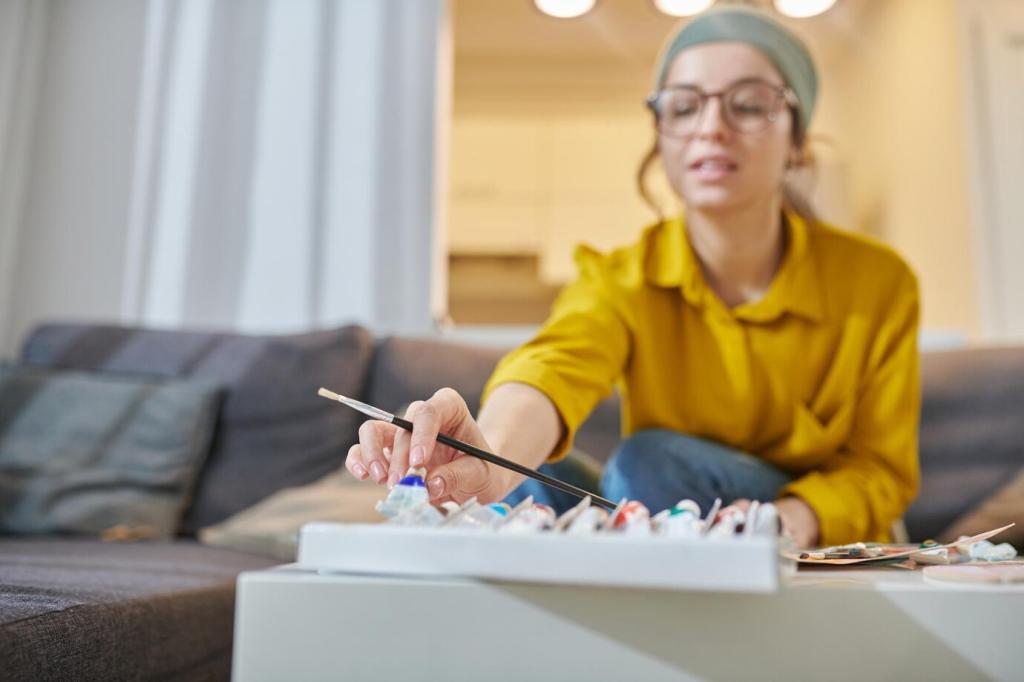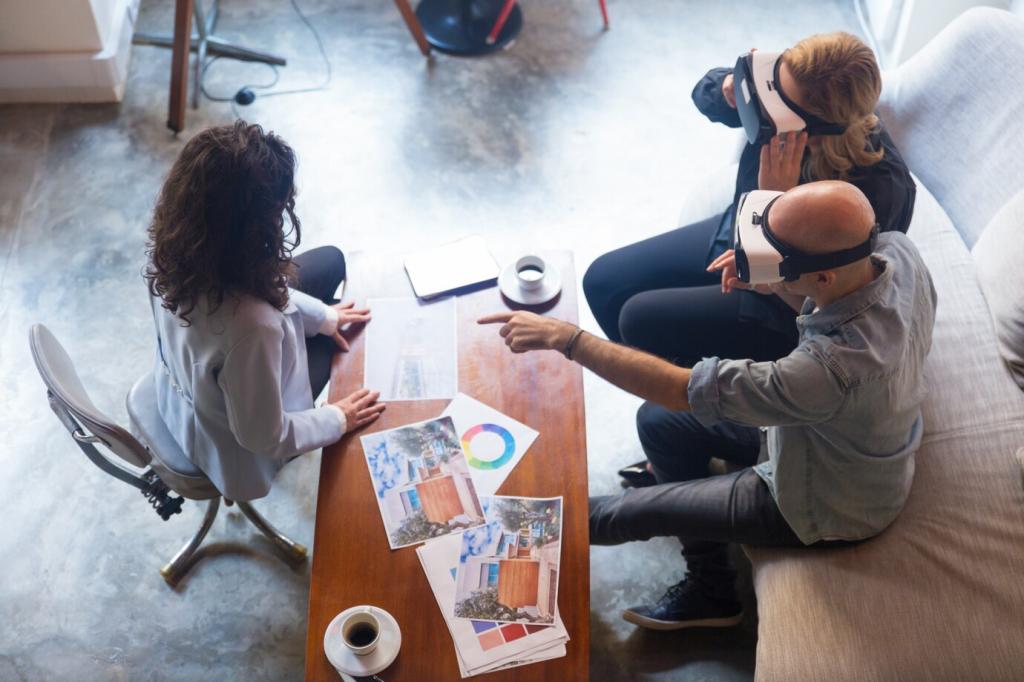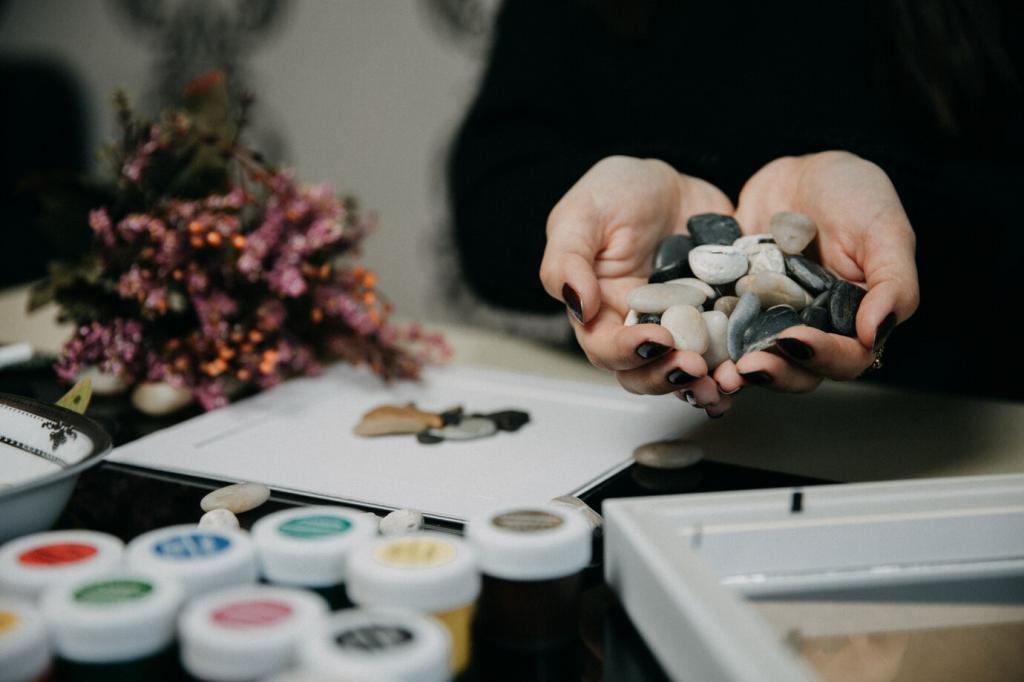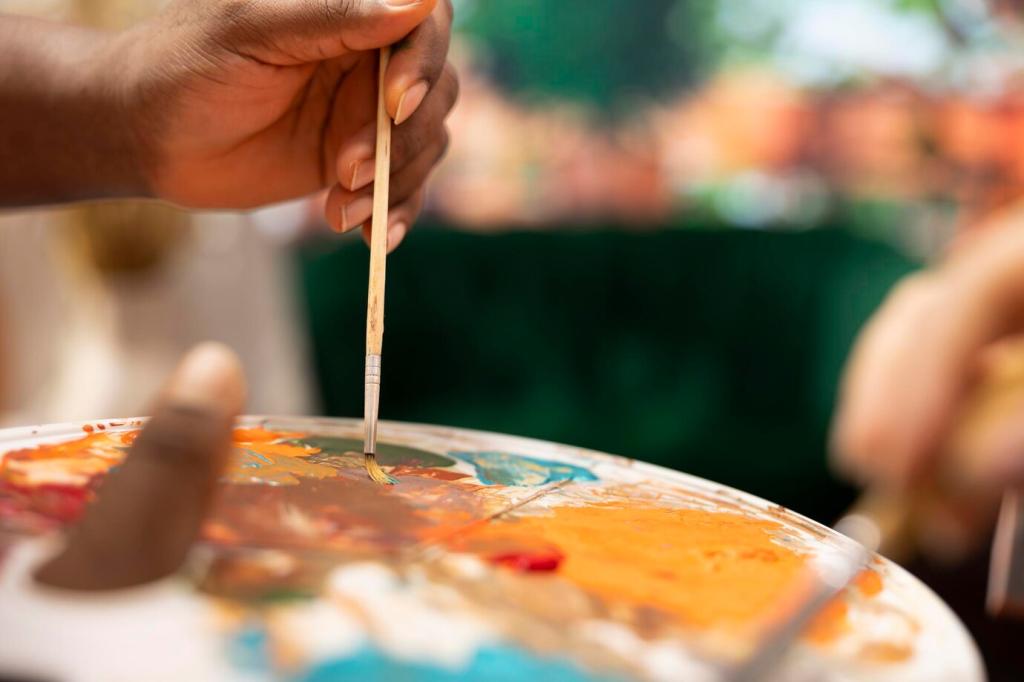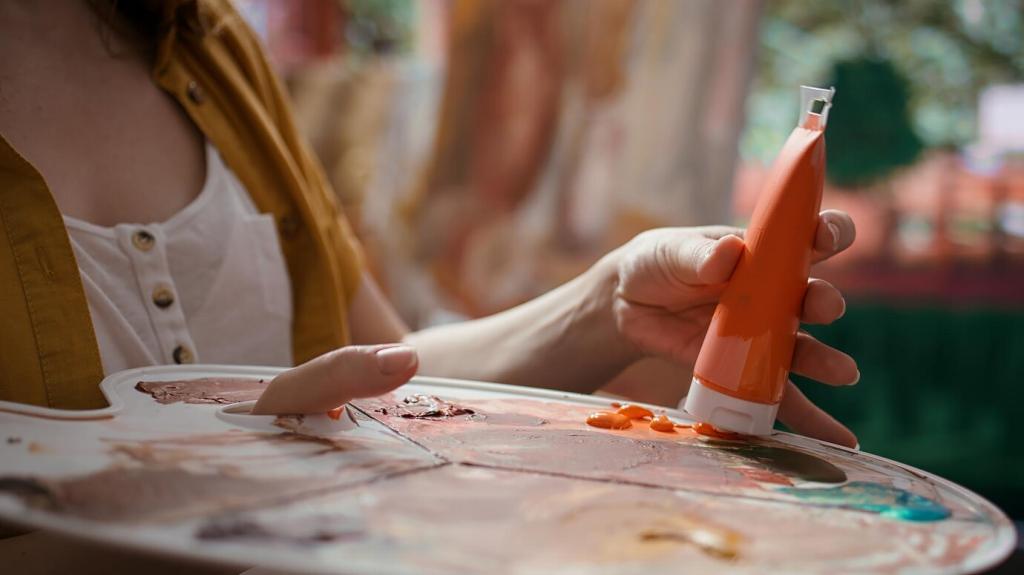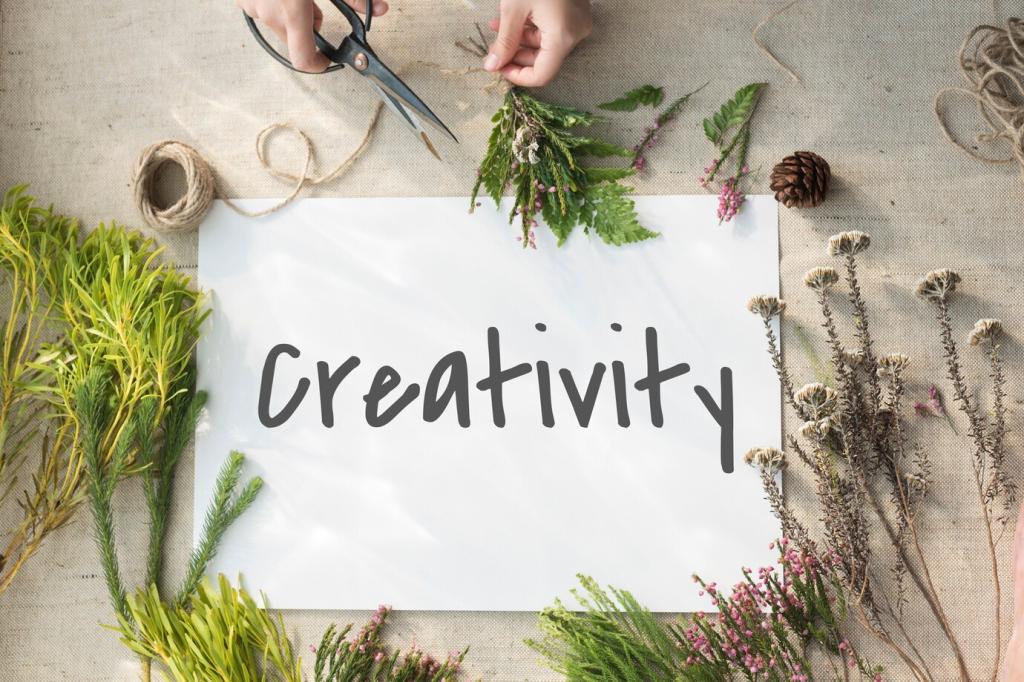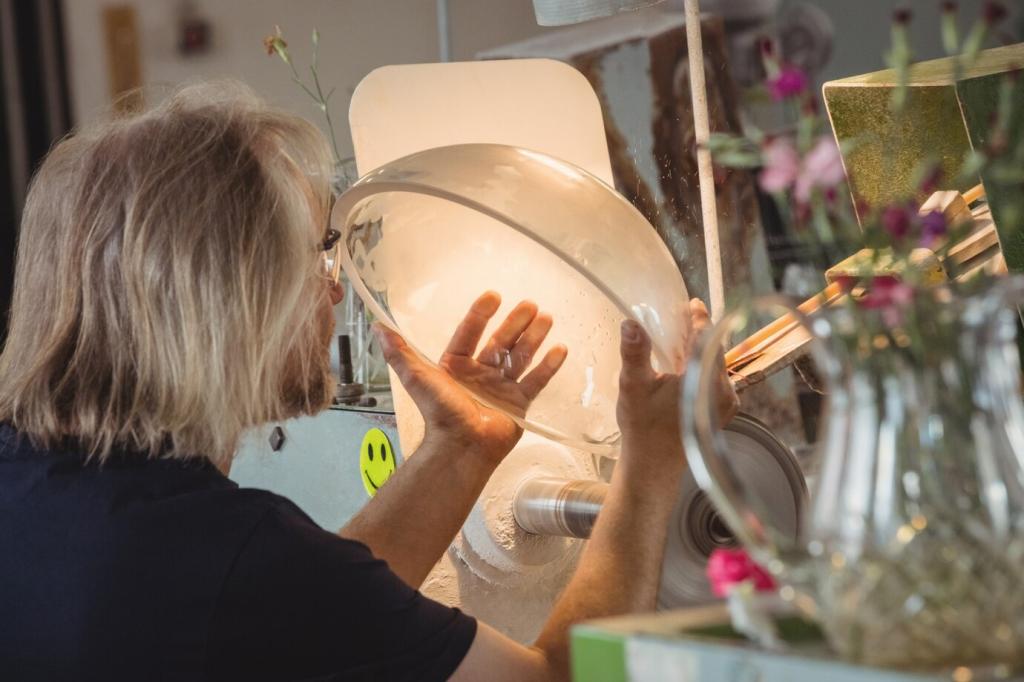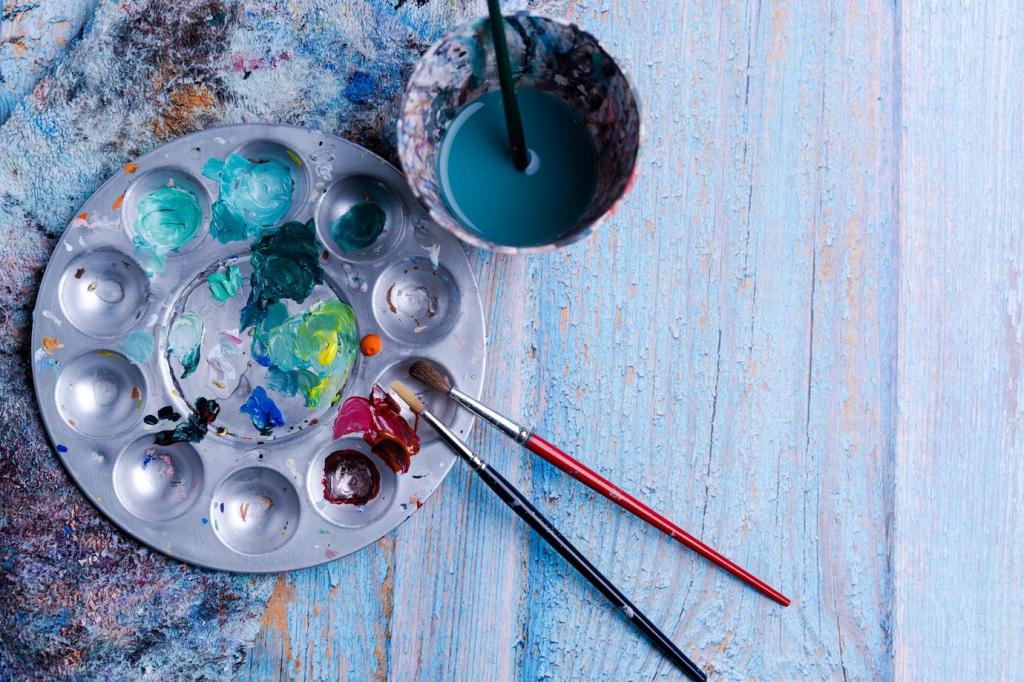Stories in Pigment: Real Moments from the Studio
Maya rejected “red” but embraced “rose,” saying red screamed while rose remembered. She painted tiny rose circles around a heavy charcoal knot. The knot softened. Language mattered as much as pigment. Which color name makes a difficult feeling gentler for you?
Stories in Pigment: Real Moments from the Studio
A veteran layered Prussian blue over midnight indigo, describing how the weight matched his sleepless nights. Gradually, he scratched silver highlights like moon breaks. He reported fewer nightmares that week. Share a time a deep blue felt like company, not isolation.

